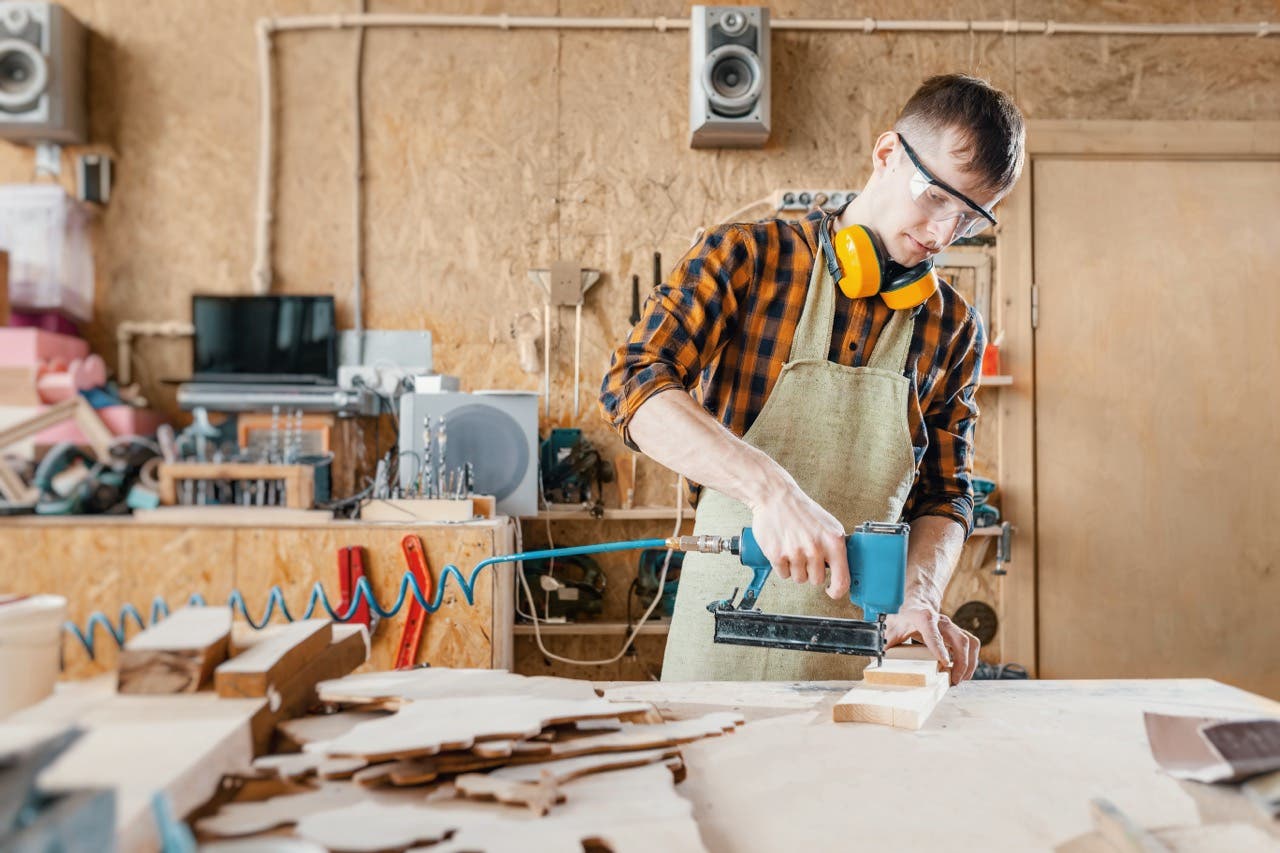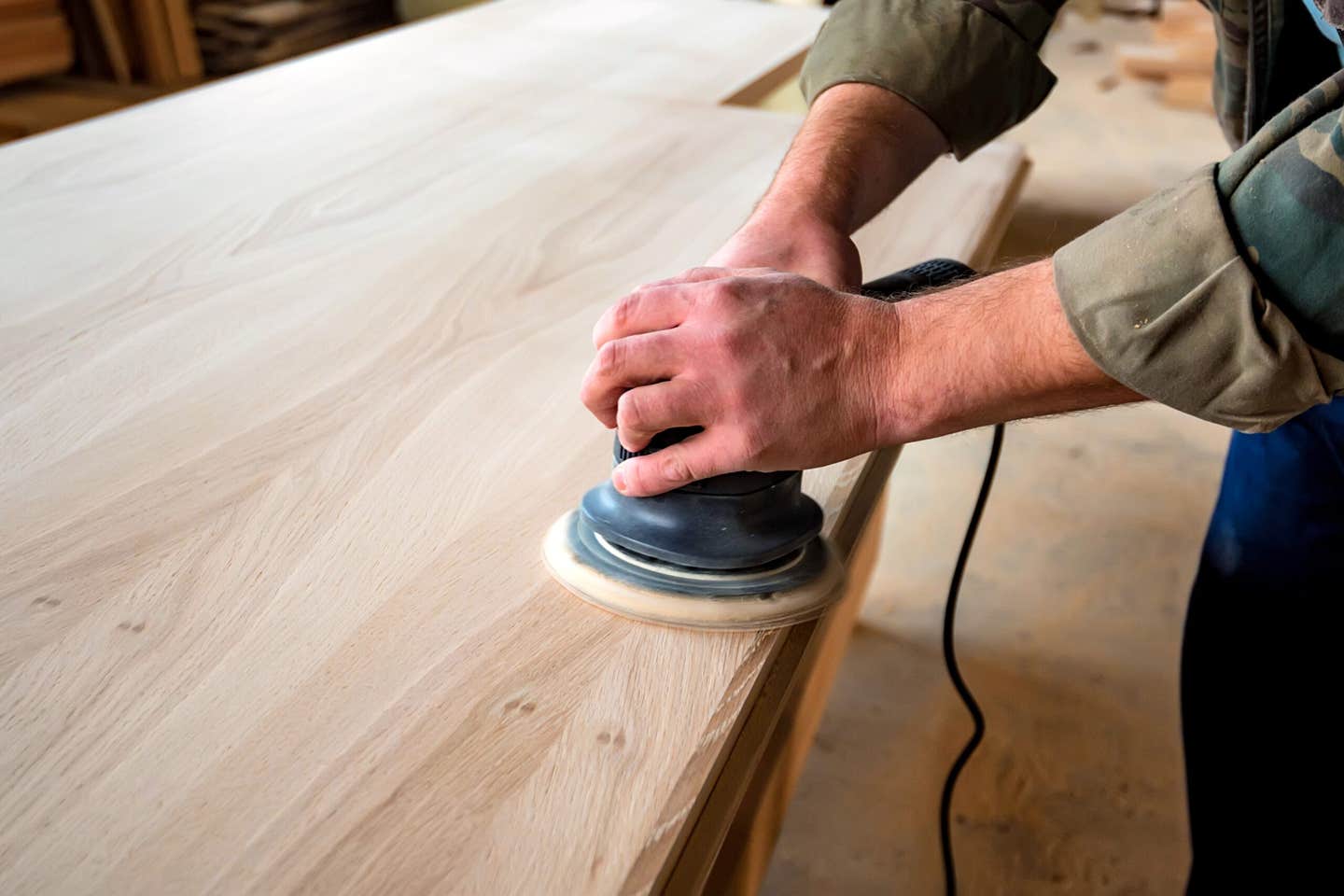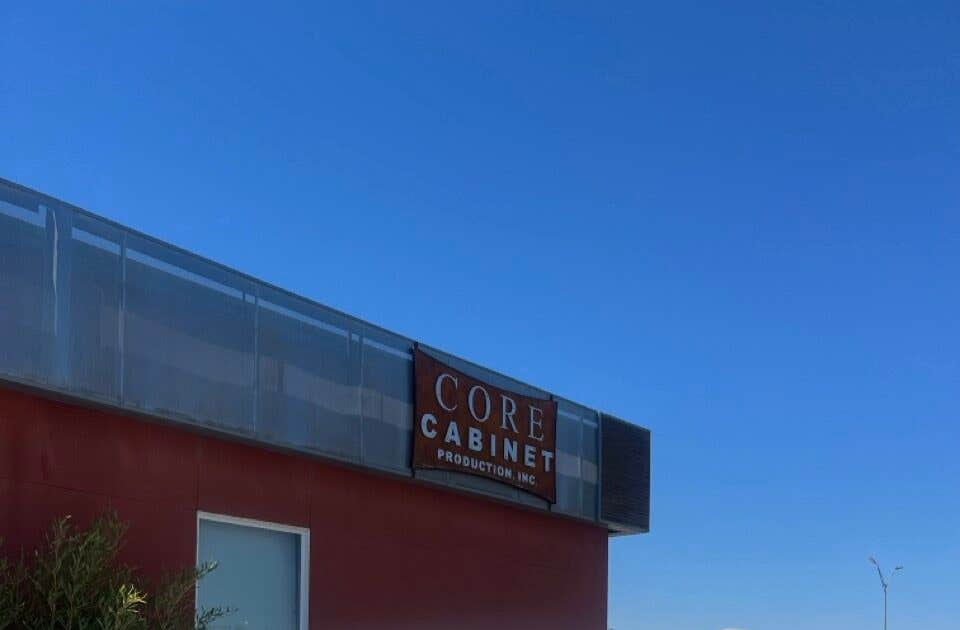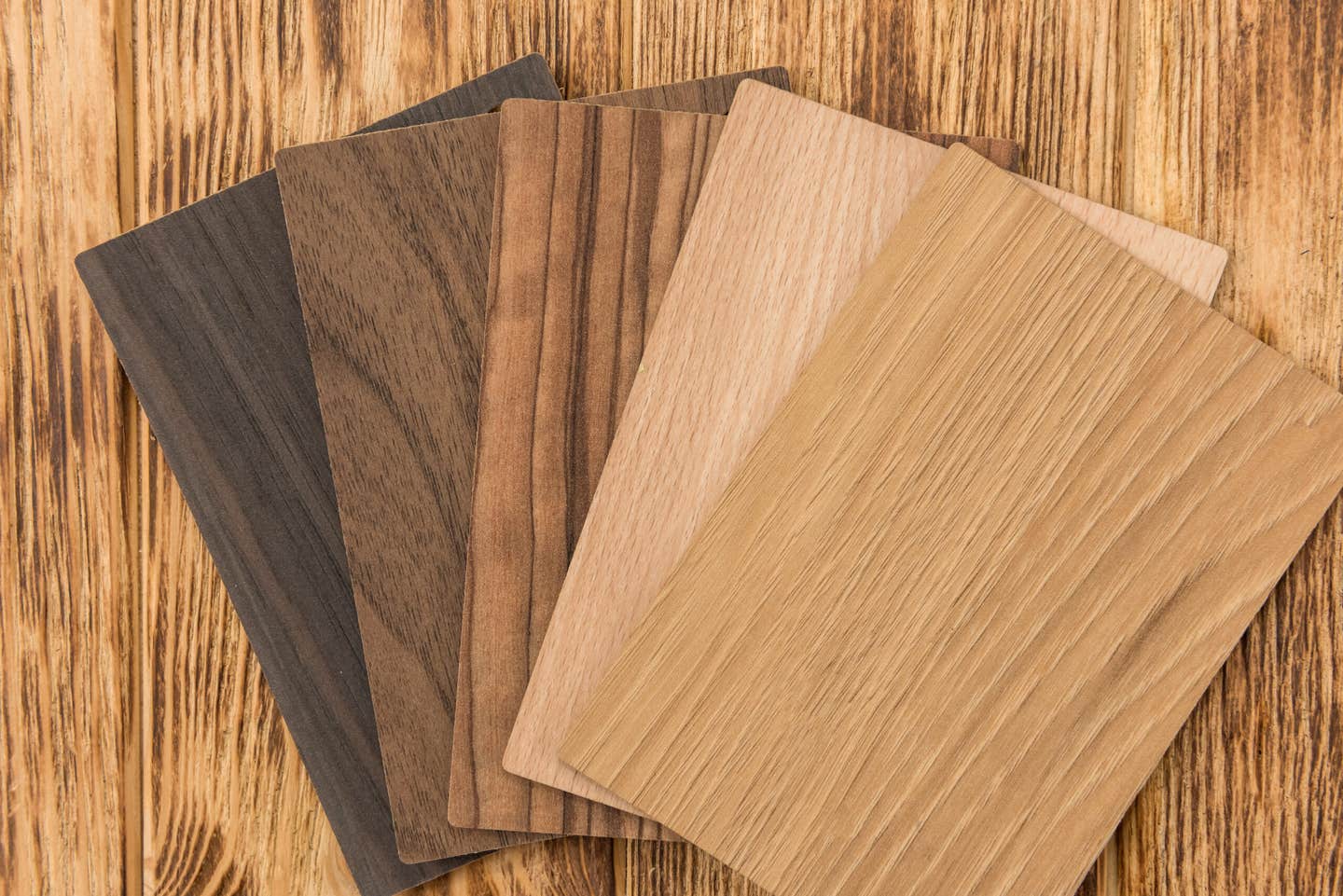Slicing and dicing, lasers put work in a new light
For decades, the only contact that most woodshops had with lasers was when there was an occasional award plaque to build or a panel to engrave. Lasers weren’t considered mainstream…
For decades, the only contact that most woodshops had with lasers was when there was an occasional award plaque to build or a panel to engrave. Lasers weren’t considered mainstream woodshop equipment and most shops just subbed out the work.
Today, lasers are being used to do all kinds of critical work in the woodshop, from marking and scoring to layout, three-dimensional carving, commercial branding and some extremely creative decorative design. Their relative cost has diminished significantly and there are models that handle everything from small desktop projects to very large sheet stock. They are being used to label parts in knock-down and RTA casework, decorative appliance panels and build wood components for a host of our industry’s clients ranging from custom RVs to entertainment consoles.
Since the evolution of digital photography — and a concurrent revolution in graphic manipulation through programs such as Photoshop — project managers can now rely on lasers to create everything from one-of-a-kind retail environments to institutional signage. Some of the more common applications include commercial POS displays, architects’ models, inlay work on floors and furniture and even wooden urns for crematoriums.
There are three very different ways that lasers can be used in the woodshop: cutting, engraving and marking. According to Universal Laser Systems in Scottsdale, Ariz. (www.ulsinc.com), the first of these describes how a laser beam cuts completely through material along a designated path, creating polished, high-quality edges. In engraving, the laser beam vaporizes material to a user-controlled depth, creating a flat surface with a high-quality finish. And in marking, the beam doesn’t actually cut into the wood, so it’s ideal for products that need to have a barcode, logo, serial number or some graphic or text added without disturbing the plane of the surface.
There are several types of laser on the market, the most common being CO2. That’s because carbon dioxide, stimulated by electricity, delivers the most efficient and most accurate light beam for working wood. Fiber lasers are more common in the metalworking fields because the beam is smaller, but more concentrated (intense). Crystal lasers (YAG and YVO), are also more suited to metal than wood and another downside is that they have degradable diode pumps, which are parts that need replacing at regular intervals.
Safe and accurate
The magic of laser technology lies at the molecular level. A laser is effectively a machine that makes billions of atoms pump out trillions of photons (light particles) all at once so they line up to form a really concentrated light beam.
From a woodworker’s point of view, working with lasers is a low-impact process. Unlike other shop machines, there is no mechanical contact with the workpiece. That means there is no chipping or tear-out, no blades or cutters to sharpen, and no downtime when a bit or tool needs to be changed out.
Laser cuts and markings are extremely accurate — far more precise than pencil marks — and with CNC controls the tolerances are so small they are literally insignificant.
With the newest generation of powerful lasers, each engraving, cutting or marking cycle is downright speedy when one considers the amount of work being done on complex graphics such as, say, transferring photographs to wood. Plus, the operator can do other things while the machine works.
Size used to be an issue, but as with most woodworking equipment, many laser models are now open-ended, so there is no length restriction on parts.
Working with a laser is one of the safer activities in our industry: on many machines, the entire process takes place inside an enclosure where smoke and debris can be safely evacuated.
The learning curve
Learning how to run a laser system is not nearly as complicated as one might think. A lot of the process is intuitive because of our interactions with personal computers and even smartphones. Several of the leading manufacturers have been around since the introduction of the first PCs, so laser technology and its incumbent CNC controls have emerged in step with computers. For example, Minnesota-based Kern Laser Systems was founded in 1982, the same year the Macintosh was born. Since then, Kern says it has installed more than a thousand American-made laser systems worldwide for clients as diverse as the United States Air Force and Woodpeckers. Its flagship product, the HSE System, has worktables available as large as 80” x 120”.
Kern (www.kernlasers.com) is typical of companies in this field: there is a huge concern all across the industry about the end user. Unusual in a world where most high-tech manufacturers have shipped customer service overseas and virtually eliminated phone support, laser system manufacturers seem to care deeply about their customers. That’s a very comforting concept for a woodshop that is considering investing in this equipment.
Epilog Laser Systems (www.epiloglaser.com), based in Golden, Colo., was established in 1988 and launched its entry-level CO2 laser engraving system, the Zing Laser, in 2008. This is a line of small-format, high-quality engraving machines that are ideally suited to shops just entering the field. They have fast stepper motors for high-resolution graphics and a red dot pointer that makes it easy to set up: just center the dot on the start of the cut. Working with these lasers is pretty basic: the interface (computer program) is similar to the one used to print on a desktop printer. But unlike a two-dimensional printer, the Zing and other 3-D lasers can adjust the amount of power applied to the material, basing it on the grayscale in the artwork, and this creates stunning 3-D designs.
One of the more reassuring aspects of working with lasers in the U.S. and Canada is that many of the leading companies are located in North America, so there is no cultural transition. Admittedly, woodshops that use imported milling and sizing equipment are usually not too put off by converting to metric measurements or slightly stilted language in manuals, but there is still a small disconnect there. For example, Universal Laser Systems has presences in both Europe (Vienna, Austria) and Yokohama, Japan, but the company designs and builds lasers and laser systems in Arizona. So if a U.S. customer calls in for support and is talking about working with lasers on Appalachian hardwoods that he/she has measured in square inches, the conversation parameters will be both familiar and comfortable.
Working with a laser salesperson can be a bit unusual. A shop buying a table saw might need anything from a single-phase 10” cabinet saw to a full-strength industrial beam saw, and those are usually two very different salespeople. But most laser manufacturers offer a range of sizes (Kern runs from 30 to 400 watts, and Epilog from 30 to 120), and a single in-house expert will be familiar enough with the entire range to be able to precisely marry a woodshop’s needs to available solutions. For example, there are currently more than a dozen models in the Universal catalog, ranging from a 30-watt desktop model with a 16” x 12” platform (the VLS2.30) all the way up to a dual-laser model with 150 watts and a 48” x 36” processing area (the ILS12.75).
Eurolaser, a German company (www.eurolaser.com), builds some larger machines, including the 600-watt model XL-3200, which has a massive 89.3” x 126” working area. Conversely, Austria’s Trotec Laser (www.troteclaser.com) has a line of products that begin at a mere 12 watts.
Vision Engraving and Routing Systems (www.visionengravers.com) in Phoenix has been manufacturing engravers since 1983 and currently offers a range of laser systems from 30 to 500 watts.
A relative newcomer to the industry, Full Spectrum Laser (www.fslaser.com) was founded in 2010 and is based in Las Vegas. The company designs, manufactures and sells a full range of consumer- and industrial-grade laser products from 40 to 500 watts. What’s particularly interesting is that the team at Full Spectrum is also helping to lead manufacturing in another new and exciting direction with 3-D printing. At some stage, a merging of these two technologies might just open up new doors for custom woodworkers.
One unusual way that woodshops work with laser is a layout tool from Wood Pro (www.lap-laser.com). This is a laser system that projects an outline onto a workpiece or even a machine table/platform. It uses CAD data to replace templates, patterns and measuring tapes. It also lets a pattern maker or furniture builder place clamps with incredible accuracy during dry runs and glue-ups.
There are some very small machines on the market from companies such as Rayjet (www.rayjetlaser.com), which is particularly interesting to one-man shops because the manufacturer offers a lot of different ways to purchase, including buying, leasing and even a pay-per-use plan. Still smaller shops, hobbyists and very occasional users can also find Woodcraft’s laser engraving service useful.
There are some new manufacturers in the Middle East and China entering this market and they will, of course, show up in an online search. And possible sources for used American-made machines are SoCal Machinery (www.socalmachinery.com), Hermance Machine Co. (www.hermance.com), Ex-Factory (www.exfactory.com) and CPO (www.cpooutlets.com).
This article originally appeared in the August 2015 issue.







